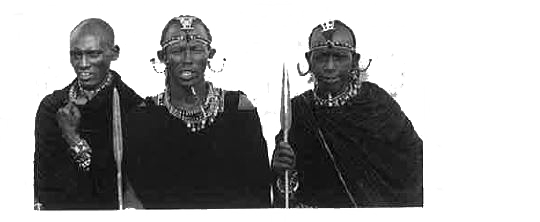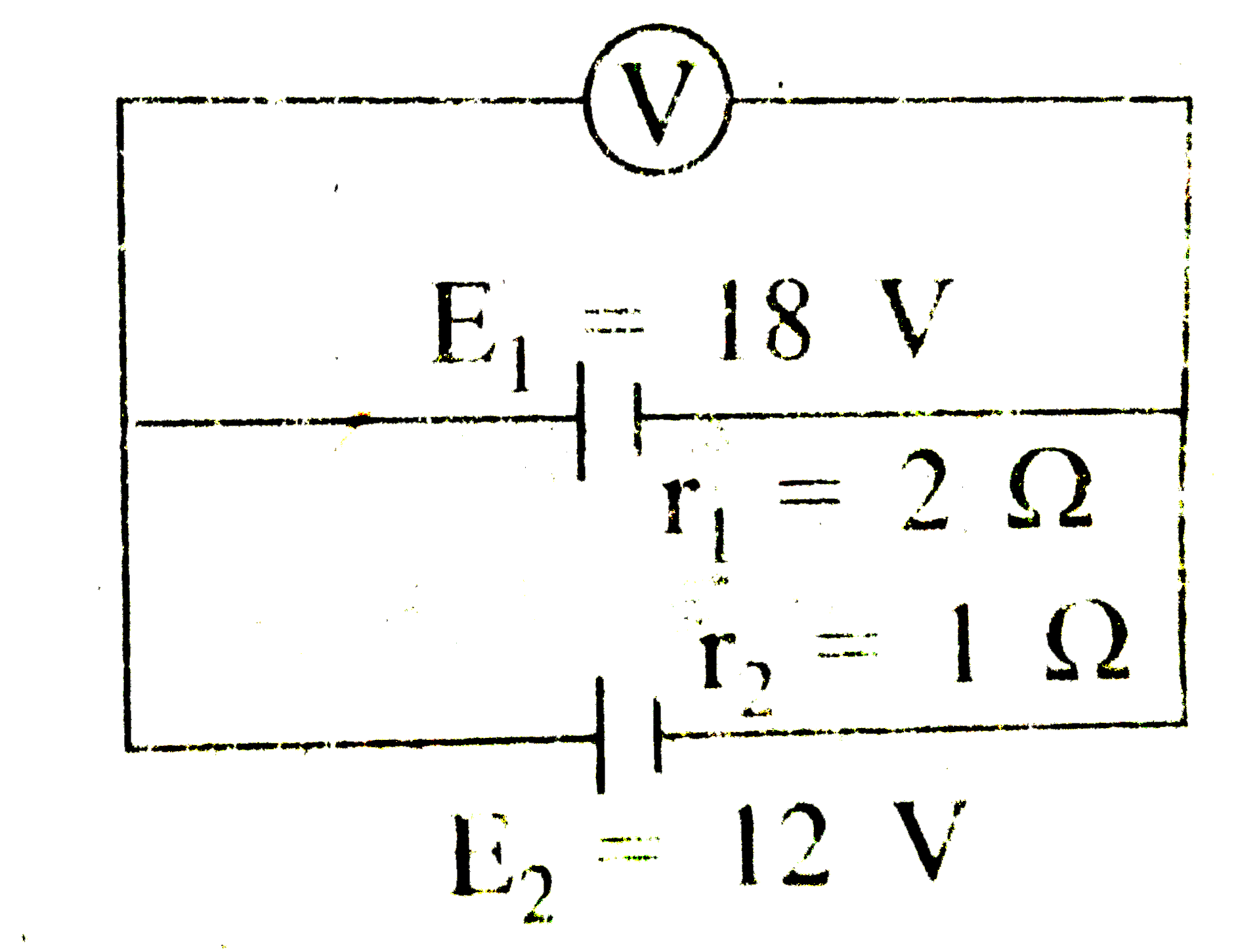Read the sources given below and answer the questions that follow:
SOURCE -A: Not all were equally affected
In Maasailand, as elsewhere in Africa, not all pastoralists were equally affected by the changes in the colonial period. In pre-colonial times, Maasai society was divided into two social categories - elders and warriors. The elders formed the ruling group and met in periodic councils to decide on the affairs of the community and settle disputes. The warriors consisted of younger people, mainly responsible for the protection of the tribe. They defended the community and organised cattle raids. Raiding was important in a society where cattle was wealth. It is through raids that the power of different pastoral groups was asserted. Young men came to be recognised as members of the warrior class when they proved their manliness by raiding the cattle of other pastoral groups and participating in wars. They, however, were subject to the authority of the elders.
SOURCE - B : Colonial rule and pastoral life
British officials were suspicious of nomadic people. They distrusted mobile craftsmen and traders who hawked their goods in villages, and pastoralists who changed their places of residence every season, moving in search of good pastures for their herds. The colonial government wanted to rule over a settled population. They wanted the rural people to live in villages, in fixed places with fixed rights on particular fields. Such a population was easy to identify and control. Those who were settled were seen as peaceable and law abiding, those who were nomadic were considered to be criminal. In 1871, the colonial government in India passed the Criminal Tribes Act. By this Act, many communities of craftsmen, traders and pastoralists were classified as Criminal Tribes. They were stated to be criminal by nature and birth. Once this Act came into force, these communities were expected to live only in notified village settlements. They were not allowed to move out without a permit. The village police kept a continuous watch on them.
SOURCE - C : One Plateaus, Plains and Deserts
In the deserts of Rajas than lived the Raikas. The rainfall in the region was meagre and uncertain. On cultivated land, harvests fluctuated every year. Over vast stretches no crop could be grown. So, the Raikas combined cultivation with pastoralism. During the monsoons, the Raikas of Barmer, Jaisalmer, Jodhpur and Bikaner stayed in their home villages, where pasture was available. By October, when these grazing grounds were dry and exhausted, they moved out in search of other pasture and water, and returned again during the next monsoon. One group of Raikas - known as the Maru (desert) Raikas - herded camels and another group reared sheep and goat.
How many categories was the Maasai tribe divided into? What was the difference?
The elders formed the ruling group and met in periodic councils to decide on the affairs of the community and settle disputes. The warriors consisted of younger people, mainly responsible for the protection of the tribe.
Topper's Solved these Questions
- PASTORALISTS IN THE MODERN WORLDBOOK - VK GLOBAL PUBLICATIONCHAPTER - PASTORALISTS IN THE MODERN WORLDEXERCISE - SELF-ASSESSMENT TEST
9 Videos
- PASTORALISTS IN THE MODERN WORLDBOOK - VK GLOBAL PUBLICATIONCHAPTER - PASTORALISTS IN THE MODERN WORLDEXERCISE - Picture-based Question
1 Videos
- NAZISM AND THE RISE OF HITLER BOOK - VK GLOBAL PUBLICATIONCHAPTER - NAZISM AND THE RISE OF HITLER EXERCISE - SELF - ASSESSMENT TEST (SECTION - B) Answer the following questions in about 100 words each.
1 Videos
- SOCIALISM IN EUROPE AND THE RUSSIAN REVOLUTIONBOOK - VK GLOBAL PUBLICATIONCHAPTER - SOCIALISM IN EUROPE AND THE RUSSIAN REVOLUTIONEXERCISE - SELF ASSESSMENT TEST (SECTION-A)
1 Videos
Similar Questions
Choose and write the correct answer for each of the following.
It was believed by the colonialists that saplings in the forests were destroyed by
View SolutionStudy the picture and answer the question that follows:

Which tribe is represented in the above picture?
View SolutionWhat were the main features of Nazism ?
View SolutionThe Russian Parliament:
View Solutionडार्विन के जैव-विकास के सिद्धांत में सबसे बड़ी कमी किस चीज की जानकारी न होना थी?
View Solutionजीवन की उत्पत्ति के समय स्वतंत्र अवस्था में नहीं पायी जाती थी-
View Solutionदिए गये विघुत परिपथ में तथा के मध्य विभवान्तर की गणना कीजिए ।

View Solutionएक 5 हेनरी के प्रेरक में 0.1 सेकण्ड में धारा 12 ऐम्पियर से बदलकर 7 ऐम्पियर हो जाती है तो प्रेरक में कितना वि वा बल प्रेरित होगा ?
View Solutionप्रत्यावर्ती धारा स्त्रोत की आवृत्ति बदलने पर प्रेरण प्रतिघात तथा धरितीय प्रतिघात में परिवर्तन ग्राफ में दर्शाइए ।
View Solutionकिसी ट्रांसफॉर्मर में क्या सम्भव नहीं हैं ?
View Solutionएक परीक्षा में पास होने वाले तथा पेल होने वालो का अनुपात 3 : 1 था। यदि परीक्षा में 8 विद्यार्थी ज्यादा बैठते तथा 6 कम पास होते तो पास होने तथा फेल होने वालों का अनुपात 2 : 1 है। परीक्षा में कितने विद्याया बेठ थे?
View Solutionसमस्याओ में रेखिक समीकरणों के युग्म बनाइए और उनके हल (यदि उनका अस्तित्व हो ) विलोपन विधि से ज्ञात कीजिए :
दो अको की सख्या के अको का योग 9 है । इस सख्या का नौ गुना , सख्या के अको को पलटने से बनी सख्या का दो गुना है । वह सख्या ज्ञात कीजिए ।
View Solutionसमस्याओ में रैखिक समीकरणो के युग्म बनाइए और अनके हल ( यदि उनका अस्तित्व हो ) किसी बीजगणितीय विधि से ज्ञात कीजिए :
यश ने एक टेस्ट में 40 अंक अर्जिक किये, जब उसे प्रत्येक सही उत्तर पर 3 अंक मिले तथा अशुध्द उत्तर पर 1 अंक की कटौती की गई । यदि उसे सही उत्तर पर 4 अंक मिलते तथा अशुध्द उत्तर पर 2 अंक कटते , तो यश 50 अंक अर्जिक करता । टेस्ट में किनते प्रश्न थे ?
View Solutionc को दो भगो में एक प्रकार सोने की छड़ बन जाए ? कीजिए की बड़े भाग का 'a ' गुना छोटे भाग के 'b ' गुने के बराबर है ।
View Solutionसभी प्रकार के आयनिक क्रिस्टलो में पाया जाने वाला दोष है :
View Solutionठोस AX में A+ आयन के चारो और X− आयन की व्यवस्था है, जैसा की चित्र में दर्शाया गया है (सही माप सूचक नहीं है) । यदि X− आयन की त्रिज्या 250 pm हो तो A+ आयन की त्रिज्या है :

View Solution
